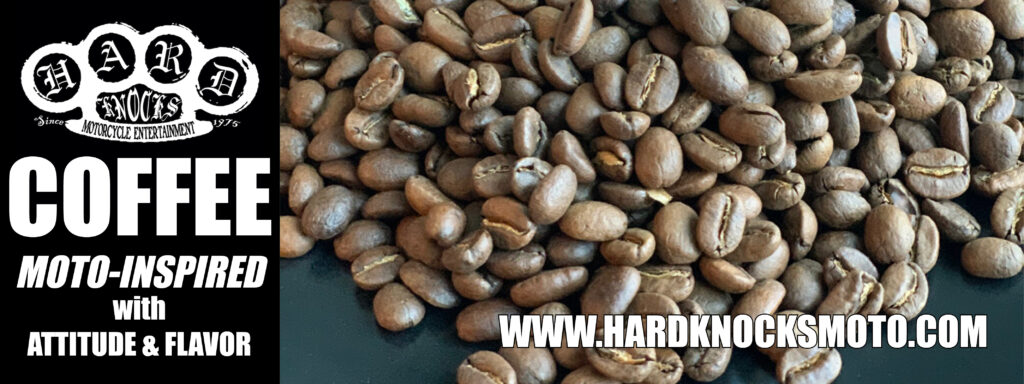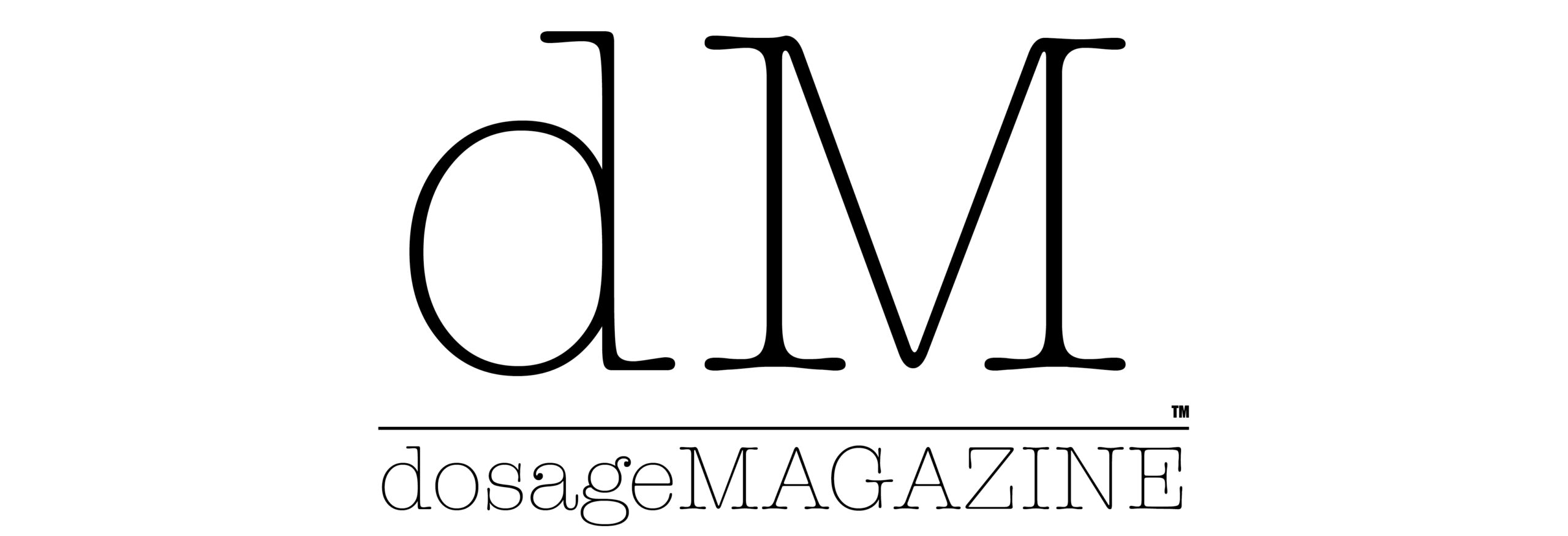Manatawny Still Works is not only celebrating its sixth year in the booze-biz anniversary, it just bottled and released its hearty, five-year Four Grain American Whiskey.
Before you claim that “Hey, A.D., I don’t know if whiskey is necessarily a summer drink,” I would like to paraphrase the immortal words of Robin Harris’ Sweet Dick Willie from Spike Lee’s “Do the Right Thing” in saying “It ain’t never too hot or never too cold for whiskey.” With that, Manatawny Still Works, the pride of Pottstown distilleries, renowned for whiskey, rum, and gin (and, of course, it’s East Passyunk Avenue locations) is not only celebrating its sixth year in the booze-biz anniversary, it just bottled and released, by its own admission, one of its “best whiskeys yet” with its hearty, five-year Four Grain American Whiskey.

Though the East Passyunk salon is a busy take-out enterprise, you can, if necessary, order the Four Grain via their site.
Max Pfeffer, master distiller and owner of Manatawny Still Works, took a minute to answer some questions for dosage MAGAZINE and I. A difficult chat to have, too, what with it being just he and one other person running the distillery, and with a newborn to tend to. Congrats, by the way.
A.D. Amorosi: What is the Manatawny Still Works distillery’s motto when it comes to crafting fine whiskey and maintaining a brick-and-mortar foothold along East Passyunk Ave?
Max Pfeffer: Manatawny translates to “The place we meet to drink.” Our ethos at the distillery is defined in two parts: the whiskey and focusing on creating a positive environment and mindset to enjoy said whiskey. When it comes to our whiskey, we pride ourselves on challenging preconceived notions of the spirit. Our flagship whiskey is a four grain, no corn whiskey. It’s unique, yet at the same time influenced by Scotch and American whiskeys to provide an approachable experience for all types of whiskey drinkers. We don’t take ourselves too seriously and welcome anyone and everyone to come experience what we have to offer.
A.D. Amorosi: What is the relationship to Pottstown and its people as opposed to your South Philly branch?
Max Pfeffer: The feel of the locations is quite different. All of the production occurs in Pottstown and when you walk in the door there, you get to experience the visual of our 22-foot column still and 16-foot pot still, the expanse of the barrel room, even the smell of fermentation. As you taste the whiskey you experience a visceral connection knowing that it was made right there. We have built a local and loyal following over the past six years by educating and engaging with our patrons. Most of our regulars have taken the tour and have helped us bottle our spirits, which provides a perfect opportunity to educate them about the process and what makes us special and unique. At Passyunk, we have become part of the neighborhood. We do not have the same ability to educate patrons about the process, but we focus more on the connection to the whiskey itself. We try to maintain a similar unpretentious experience as we do in Pottstown while offering cocktails that rival any in the city.
A.D. Amorosi: What have you learned in six years that you didn’t know about whiskey and the whiskey biz? What is the trajectory of educating one’s self to that process?
Max Pfeffer: I know now that I knew close to nothing when we started. If you have tried my whiskeys over the years you will know that every year we get better and better. Also, I know that there is so much more to learn. The learning curve is steep and one of the hardest things about whiskey is that you need to be patient. The process takes a long time. When you make an improvement, it may not be evident for two or more years. I always say my best whiskey is that last one that went into a barrel. That being said, time does help. The ability to have whiskey that is four, five, or even six years makes a world of difference when competing with the mass-produced whiskey where age is a given. When it comes to the biz, it is tougher with more competition than I ever expected. It is a grind.
A.D. Amorosi: What is, or has been, the ongoing process of making and branding whiskey within the, now, four months of a pandemic? How has it changed, altered, even heightened what you do as a whiskey maker and thinker from the usual processes?
Max Pfeffer: You must be patient to make whiskey. The process takes years. All our whiskey for the next two years is already made. On the production side, the uncertainty of how all of this will unfold makes it exceedingly difficult to plan for 2023 and beyond. When it comes to selling whiskey in a pandemic, it changes every few weeks. For about six weeks from mid-March through April, we could not keep up with the demand that resulted from PA closing their state stores. Our e-commerce business swelled, and we had to restrict orders to keep up. Once PA opened its stores back up, e-commerce came back down to earth. In early July, we opened our locations back up for cocktails. We only seat outside and we have a strict regimen of masks, social distancing, and cleaning that we maintain to ensure the safety of our patrons as well as our employees. I have no clue what August will hold.
A.D. Amorosi: What is the aging process like at this point? Any different than its traditions? And feel free to mention the five-year the Manatawny Still Works Four Grain American Whiskey for an example.
Max Pfeffer: The really nice thing about being in our sixth year is that we now have whiskey that is six years old. That does not sound like a long time to most but for craft whiskey, it is an eternity. For our sixth anniversary, we released a five-year-old version of our Four Grain Whiskey. I believe it to be our best whiskey to hit a bottle yet, but it was unfortunately overshadowed by the pandemic. The depth of flavors you get from five years in the barrel is delightful. I wish all my whiskey could sit for that long.
A.D. Amorosi: In an era where sustainable ingredients are the new normal, what do you guys use?
Max Pfeffer: For about two years we have sourced all our rye from Double Eagle Malt in Pennsylvania. We have also experimented with using more local malts, but we have a few years to find what effect it will have on our whiskey. One thing that defines our whiskey is that we use Sly Fox Brewing’s brewhouse to make our whiskey wash. They have a high-end, state of the art automated brewhouse that is extremely efficient. With that efficiency and sourcing common malt with Sly Fox, we have been able to keep our footprint lower when compared to other distilleries our size.
A.D. Amorosi: Whiskey is, of course, is timeless,. But millennial audiences and women across the board seem to dig fine whiskey as well as the old guys. What is your demographic for whiskey products in 2020?
Max Pfeffer: I am surprised every Friday night when we get our normal diverse crowd. We get the millennials, their parents, and their grandparents coming in, often together to drink as a family. We have also diversified our offerings to include honey and maple whiskeys made with local ingredients, plus our gins, rums, and vodka. We do not focus on demographics in a classic way. We instead look for people with a common mentality, those who are willing to try new things, learn, and expand their thinking.
A.D. Amorosi: The Manatawny Still Works Four Grain American Whiskey… Talk about what you wanted to put into it, or even experimented with at the start to come up with its nose (vanilla, cherries, Allspice) and its palate (Mash bill)?
Max Pfeffer: We stumbled upon this recipe. The original plan was to make American single malts, which we still occasionally make, but some early challenges led us to our four-grain mash bill. One of the first, was that I had was to come up with an unaged whiskey, and quickly learned that malt whiskey does not lend well to a lack of aging. I reached into my brewing experience and decided to make the whiskey equivalent of a Weisse beer… Half malt, and half wheat. Then I put an American whiskey spin on it by including some oats and rye. I fell in love with the flavor profile and just went from there.

A.D. Amorosi: And explain why you made the alcohol higher than usual? Those who don’t know would probably immediately think that it was to make FGAW stronger. But that is not the case?
Max Pfeffer: People who sip their whiskey typically tend to enjoy it at higher proofs. It provides a bolder, more intense and decadent flavor profile. For those who are not as fond of higher proof whiskey, I encourage them to add water. Water will open the whiskey and allow the subtleties to express themselves. It creates the best of both worlds.
A.D. Amorosi: So what is next for Manatawny Still Works, in terms of the next new product, opening up the physical locations more fully in a Green-Pandemic and/or Post pandemic mode?
Max Pfeffer: I am excited for a new product we have aimed for the end of August. We took our Four Grain White Whiskey and aged it in Mezcal barrels. Many people get a distinct agave note from the FGWW as it is, and we wanted to help accentuate that with the Mezcal barrel. You get a touch of smokiness and sweetness from the mezcal. I do not know of anything out there that compares. I cannot wait to see what cocktails our team comes up with. As far as next steps, we are taking it one thing at a time. Our priority will always be the safety of our crew and patrons. We are working to be prepared for whatever comes next.


